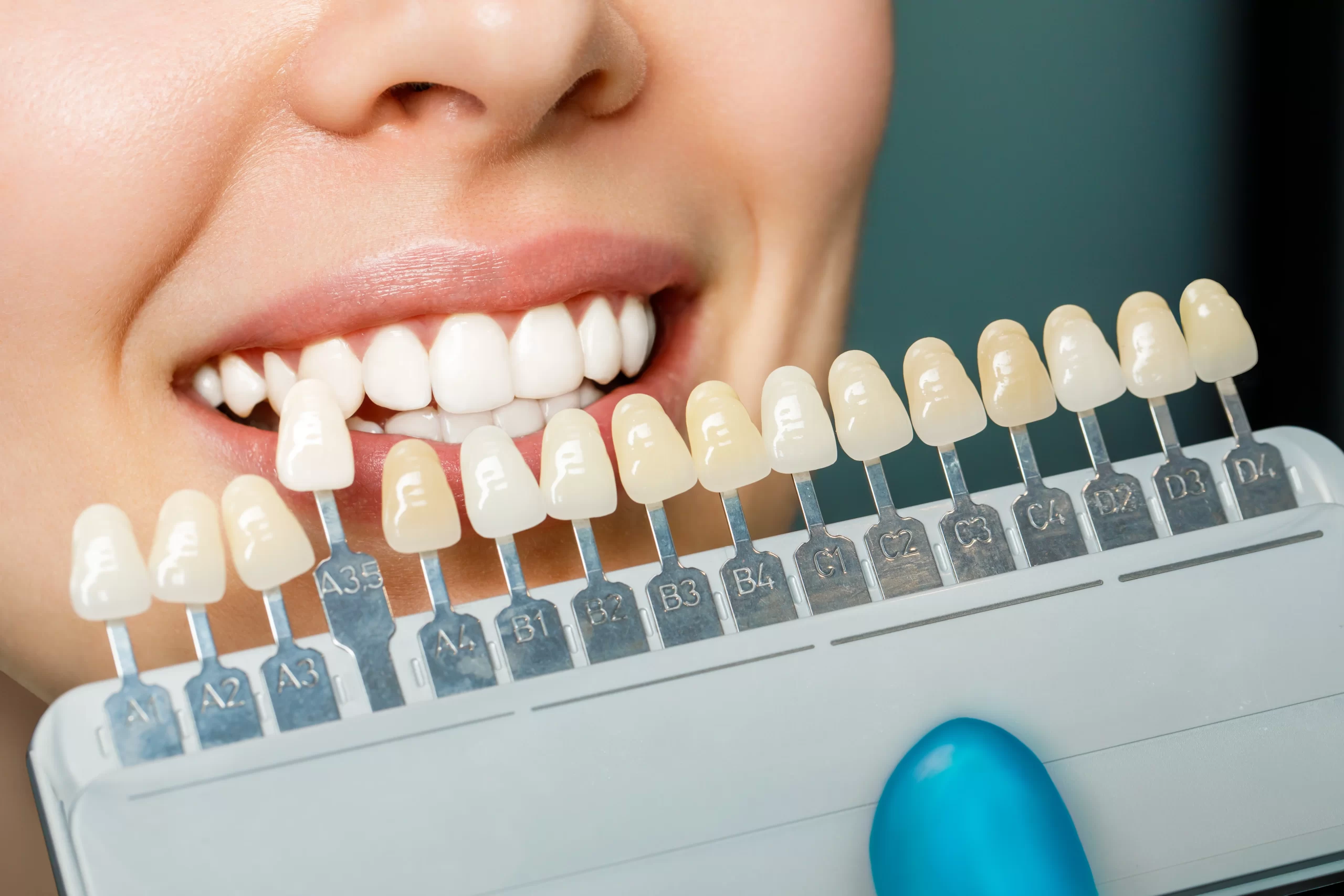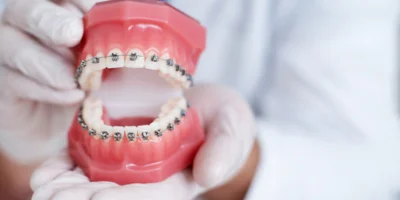The internet is abuzz with tall claims of the benefits of oil pulling. But is there much truth to all they have to say? A lot of research has been carried out in India and abroad. So here’s a brief breakdown about what you need to know: What is Oil Pulling? Oil Pulling involves swishing …
The internet is abuzz with tall claims of the benefits of oil pulling. But is there much truth to all they have to say? A lot of research has been carried out in India and abroad. So here’s a brief breakdown about what you need to know:
What is Oil Pulling?
Oil Pulling involves swishing your mouth with approximately one tablespoon of an edible oil- Coconut, sesame, or sunflower being the most common preferences.
This is a technique taken from the ancient tradition of Ayurvedic medicine from 3,000 years ago. It has recently become a huge trend because it has been touted by practically every celebrity on Instagram. It is referenced in the Charaka Samhita which claims that oil pulling can cure about 30 systemic diseases, including chronic headaches, migraines, diabetes and several skin conditions.
How do you do it?
It involves swishing the oil for about twenty minutes and then spitting it out. The oil needs to be swished around long enough for it to turn milky white, which indicates that the bacteria have been “pulled” off. After roughly 20 minutes, the solution is filled with bacteria, viruses and other organisms. At this point, the person spits out the oil and rinses thoroughly with water.
It is possible that the mouth will get fatigued from swishing for the whole 20 minutes. If your mouth starts hurting, consider reducing the quantity of oil used and the time frame for swishing and slowly building it up.
How does oil pulling work?
As the oil hits your teeth and gums, microbes are picked up as though they are being drawn to a magnet. Bacteria hiding under crevices in the gums and in pores within the teeth are sucked out of their hiding places and held firmly in the solution.
People claim that the “oil pull” method has helped whiten their teeth, alleviate halitosis, and even reduce gingivitis. In many cases, people also claim that it helps prevent cavities, as well as relieve gum and tooth sensitivity.
This makes sense from a mechanical perspective. We know the primary cause of tooth decay and gum disease is bacteria.
Things to remember
- Oil pulling is not a replacement for brushing and flossing. It is an adjunct
- It may be an all-natural replacement for mouthwash
- It is important to use high-quality oil- organic, cold-pressed, purified oils are best.
- Oil pulling is safe during pregnancy, but is NOT kid-friendly
- It is not a cure-all all- it won’t reverse already existing decay or gum disease, but works well as maintenance therapy
- Don’t expect it to whiten your teeth.
- There are supposed systemic benefits of oil pulling, too, but there may not be enough clinical evidence to support that.
There are plenty of people who claim to have benefited from oil pulling. And most ayurvedic practices have a strong basis to them. So if you’re not keen on using a chemical or alcohol based mouthwash, you’re aware of how to do it safely and always use a high-quality oil, there aren’t any downsides to oil pulling.




